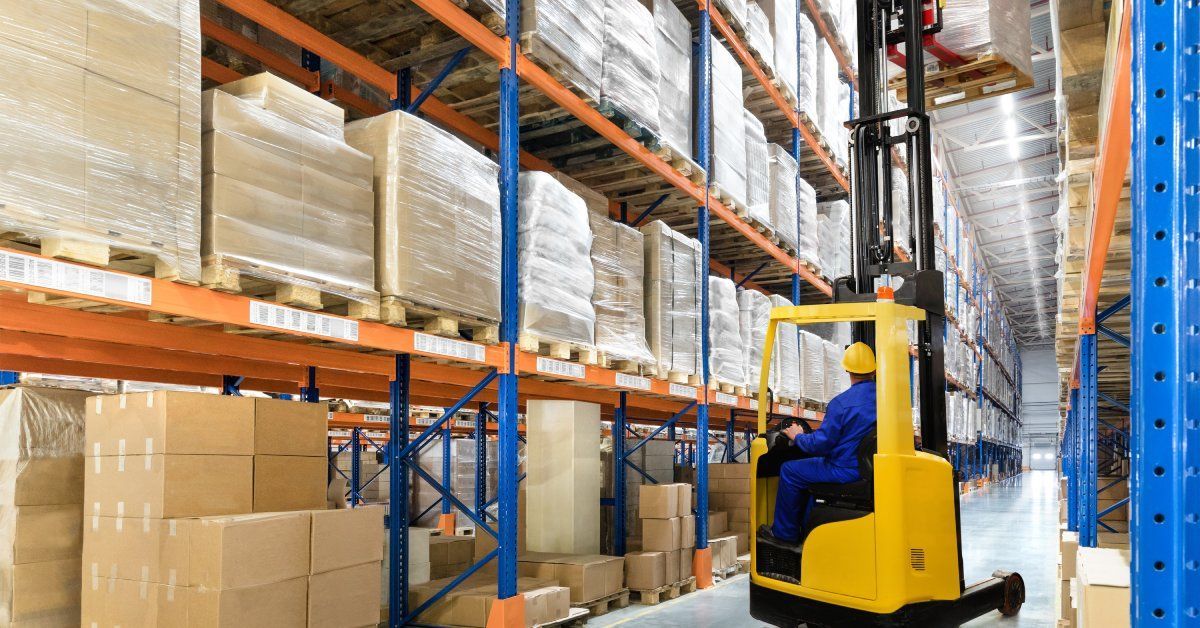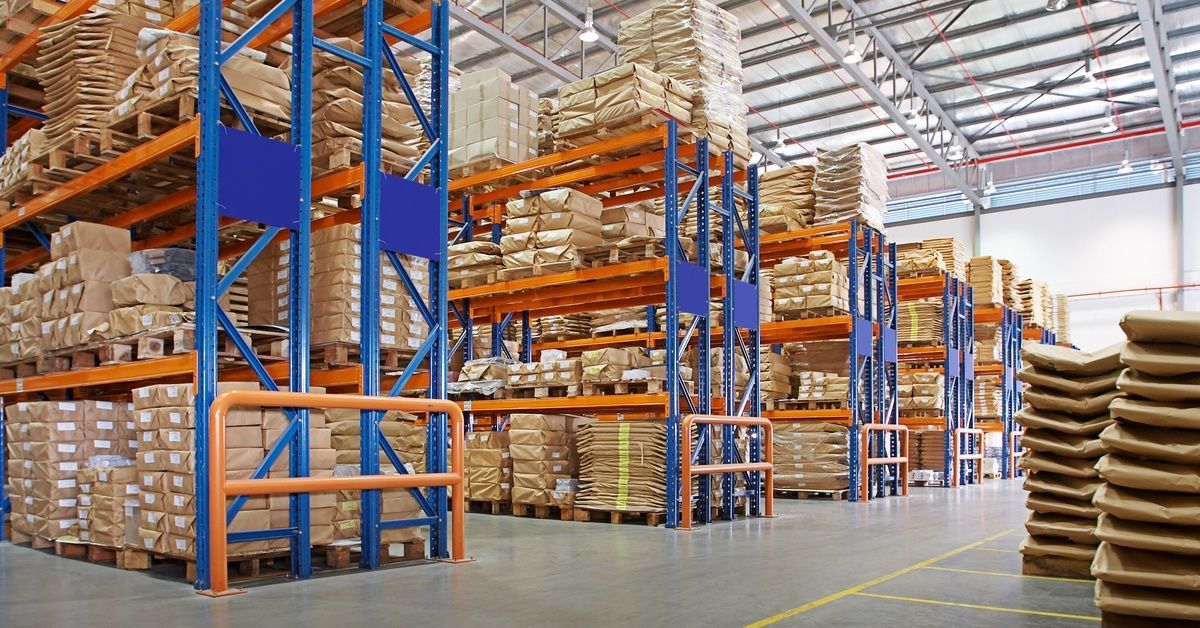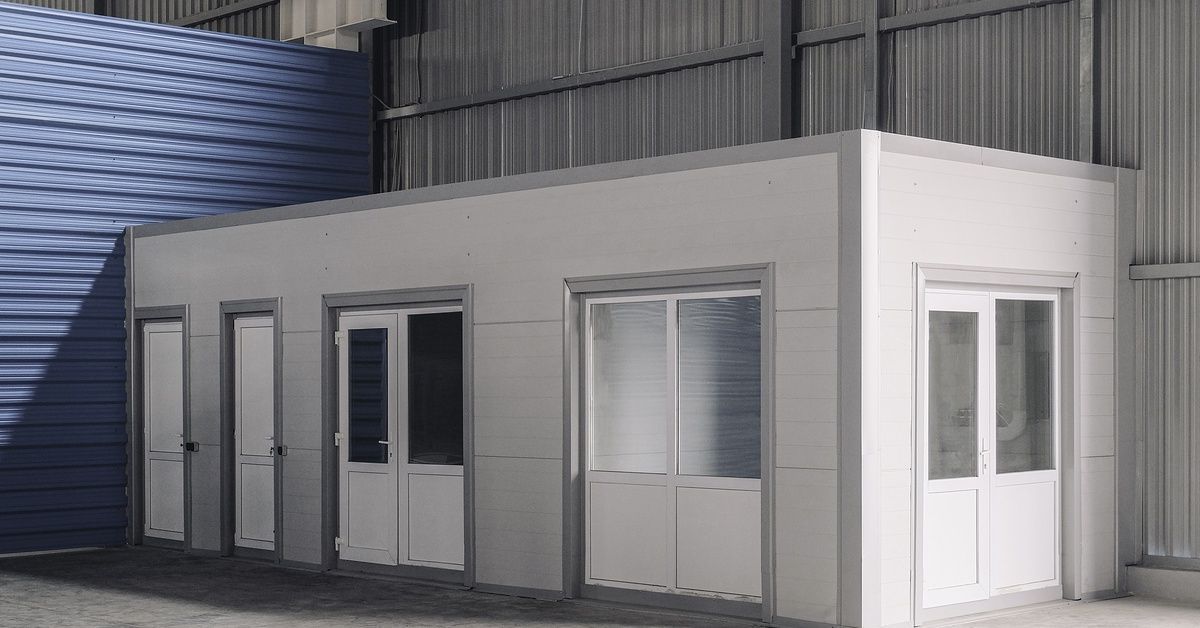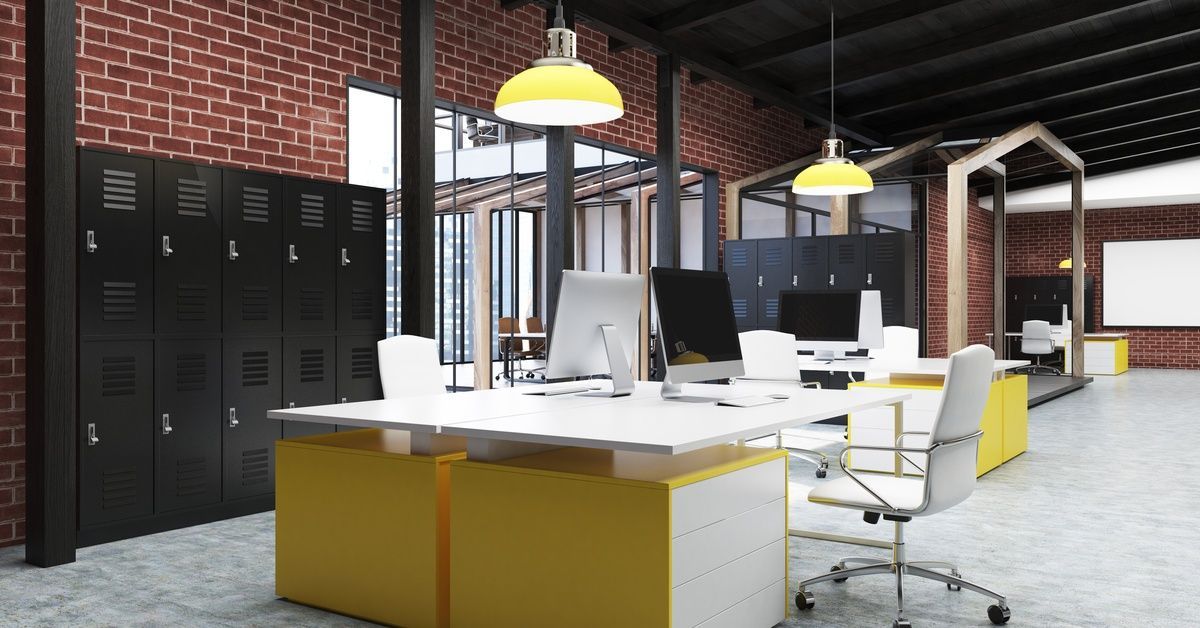7 Tips and Tricks for Efficient Storage Shelf Layout

Efficient storage is the key to a well-organized space. Whether you’re trying to streamline operations, optimize space, or improve accessibility, a great storage shelf layout can help your facility operate smoothly.
If you’re looking to create a shelving system that works for your needs, you’re in the right place. Use this helpful guide for seven tips and tricks for efficient storage shelf layout . Following this practical advice will help you establish an organized, productive environment.
Why an Efficient Storage Layout Matters
Beyond clutter, a poorly planned storage layout has several consequences. It can lead to wasted time, increased labor costs, and even safety hazards. On the flip side, an efficient storage system streamlines operations, reduces errors, and maximizes the use of space. Plus, for businesses, an optimized storage system has the potential to minimize downtime and save money in the long run.
If you’re still on the fence about reorganizing your storage space, consider this: redesigning your layout can help staff locate things faster, which will significantly boost overall productivity. If this sounds good to you, follow along to learn how to optimize your storage layout today.
1. Map Out the Space and Inventory
Before you touch a single shelf, start with a detailed plan. Map out your storage area including dimensions, ceiling heights, and any obstacles like doors or support beams. Then, carefully assess your inventory by answering these questions:
- What materials do you need to store?
- Are there items of numerous sizes or weights?
- How often do certain items need accessing?
With this inventory assessment, you can make an informed decision on the placement and type of shelving you need. For example, retail businesses storing lightweight merchandise like shoes or clothing will have different requirements from warehouses handling heavy machinery parts.
2. Implement a Zone Strategy
Organizing your space into zones simplifies access and keeps everything in its rightful place. To apply this strategy, start by allocating specific areas for different categories of items based on their functionality, size, or frequency of access.
For example, store frequently used products in easily accessible zones, but place seasonal or less-used items in more remote areas. By clearly defining these zones, you’ll reduce clutter, streamline daily operations, and guarantee an efficient layout.

3. Keep Aisles Wide and Clear
Both frustrating and hazardous, cluttered aisles can be a serious liability by creating bottlenecks or increasing the risk of accidents. To avoid potential issues, it’s important to follow some general guidelines for aisle width.
To determine aisle width, consider the specific needs and usage of the space. For instance, in areas where staff frequently move large equipment or carts, create wider aisles to allow for smooth and safe navigation.
Additionally, you must maintain clear pathways at all times by ensuring that storage items or debris do not obstruct movement. By following these guidelines, you’ll minimize the likelihood of workplace accidents, creating a safer and more productive environment for everyone.
4. Label Everything
When it comes to effective storage systems, labels are truly the unsung heroes. By properly labeling items, you make sure everything has a designated space and is retrievable quickly. If possible, invest in durable labels and incorporate barcodes. Plus, don’t just label the shelves; label individual bins or storage boxes for added clarity.
To make navigation even easier, implement color coding. For example, use red labels for high-priority items and blue for rarely used materials.
5. Choose the Right Shelving Type
Shelving isn’t a one-size-fits-all scenario. Instead, selecting the right type of shelf depends on your specific needs. Below, explore some of the most common shelving options.
Wire Shelving
A highly versatile option, wire shelving works great for lightweight items or areas that require ventilation to prevent moisture buildup.
Metal Shelving
Due to its enhanced durability and strength, commercial metal shelving is ideal for heavy inventory. This makes it an excellent choice for factories or other industrial settings.
Pallet Racking
For warehouses storing bulk goods, pallet racking offers an effective solution. This storage system efficiently utilizes vertical space to allow for easy forklift access.
Adjustable Shelving Systems
If you’re trying to accommodate items of various sizes, adjustable shelving systems provide flexibility. You can tailor the shelving system in the future to accommodate the facility’s evolving storage needs.
Mobile Shelving
In environments with minimal floor space like small offices or archives, mobile shelving adds functionality and flexibility without cramping the space.
Each of these shelving types serves a unique purpose, and selecting the right one ensures optimal storage and workflow efficiency.
6. Ergonomic Features
An overlooked aspect of storage is making it ergonomic for your team. Poor ergonomics contributes to strain and workplace injuries. There are a few considerations that will resolve ergonomic issues.
Place frequently used items at easily accessible heights to minimize the need for repetitive bending or stretching. For heavy items, store them at waist height to reduce strain when lifting.
To customize your space to fit the diverse needs of your team, incorporate shelving or storage units with adjustable heights. Additionally, provide tools such as step stools or carts to assist with the retrieval and transportation of items. With these strategies, you can promote a safe and comfortable work environment.

7. Regularly Review and Update the Storage Layout
Your storage layout isn’t a one-and-done deal, and you must perform regular audits to ensure everything remains functional and efficient. For retail environments handling seasonal products or warehouses dealing with inventory turnover, layout changes are essential.
To keep the layout functional, schedule routine reviews of your storage system to assess its efficiency and identify any areas requiring improvement. Evaluate whether frequently accessed items remain easy to reach and if less-used inventory is in the appropriate locations.
Pay special attention to any changes in product demand. This could include seasonal fluctuations or shifts in inventory turnover.
By regularly updating the facility’s storage layout, you’ll adapt to the evolving needs of your operations and guarantee your storage system continues to support productivity. Remember, an adaptable system is a sustainable system.
Designing an efficient storage shelf layout requires thoughtful planning and attention to detail—but the rewards are well worth it. By following these seven tips and tricks for efficient storage shelf layout , you can enhance productivity while creating a safe environment for employees. If you’re ready to take your storage layout to the next level, explore the wide variety of shelving options available at Tyler Supply Company.











